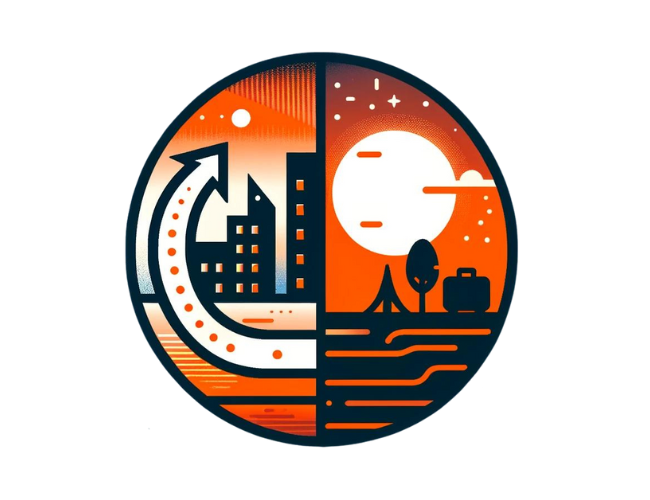Over the past year, many businesses that suffered through extended periods of lockdowns and restricted consumer activity have recovered to near “pre-pandemic” levels. Restaurants are busy again, airports are more crowded than ever, and even movie theaters have been revived.
As for the corporate office, knowledge workers are still adjusting to the new normal. Only a third or less of knowledge workers, commonly defined as “portable workers who can work remotely”, are back in-office full-time. Executives were asked in recent surveys about the percentage of their workforce that planned to return to the workplace at least five days per week: The response was 50% in 2021; Currently, only 20% of business leaders expect their employees to return to the office full time.
The work solutions utilized throughout the pandemic, remote and hybrid work, each have their own set of issues.
Remote employment has come to be associated with a lack of authentic social opportunities, the loss of work-life balance, excessive communication, and virtual meeting fatigue. Those who work in hybrid environments suffer the same set of consequences, but on top of this must deal with commuting to a workplace that is only partially occupied and still relies on virtual meetings to accommodate flexible schedules.
Although the traditional expectations of a workplace have been forever changed, a fresh, effective model has not yet emerged. This transitional period presents an opportunity to rethink where and how we should work.
How Do We Make The Future Of Work Better?
In a recent podcast episode of “The Ezra Klein Show”, Rogé Karma, the senior editor of the show, sits down with Anne Helen Petersen and Charlie Warzel to discuss the future of work based off of their book’s findings, “Out of Office: The Big Problem and Bigger Promise of Working From Home.”
Warzel, a seasoned technology reporter, publishes the newsweekly Galaxy Brain for The Atlantic, while Petersen, a longtime cultural writer, produces the newsweekly Culture Study. In “Out of Office,” they make the case that the main issue with existing remote and hybrid work arrangements is that while employees have left the actual office, they have brought the dysfunctional office culture home with them.
The first question that needs to be asked when rethinking hybrid work is “What have we learned [from the pandemic]? What is the office for, and what is it not for?”
Petersen goes on to explain that “the office is very, very important for collaborative work… and intense creative brainstorming.” Warzel adds that even workplace gossip is a crucial benefit of being in-office, helping employees, especially the younger ones, learn the “unwritten rules of [the] workplace and navigate it”.
So, does this mean collaboration and workplace gossip ultimately die in a virtual setting? Not necessarily. Petersen and Warzel explain that a lot of these in-office practices will start to naturally appear in remote spaces, or “will be exchanged in digital channels that aren’t part of the corporate infrastructure.”
Without these crucial in-person work benefits, we are left with a workforce filled with loneliness and alienation. Thankfully, there are ways to invest in community using internal communication tools, but they’ll never be able to fully replace the benefits of in-person collaboration.
So, What Does The Ideal Future Office Look Like?
Obviously, it will vary depending on a variety of unique company characteristics including size, industry, location, etc. But, ideally, Petersen describes a hybrid environment that offers a variety of different office types and locations.
Perhaps a larger business opts for a dedicated headquarters for onboarding, celebrations and conferences, while also offering scattered working spaces that allow workers “to live in more places than just expensive coastal cities”.
They recommend treating workspaces like a “college library”, where workers can pick and choose when and how they’ll utilize the space. The ideal office will include private spaces for undisturbed work, conference rooms for collaboration, and social areas for breaks.
There hasn’t been a one-size-fits-all solution for anything throughout this pandemic. The one thing that has remained constant is the need for flexibility and work-life balance. Every worker has a unique set of needs, meaning the ideal work environment will be one that provides a variety of working arrangements to fit the wide variety of differing employee needs.
Warzel reminds listeners that finding a personal “work/life balance” is an ongoing process that will require frequent adjustments depending on what is being prioritized in life:
It’s something that you’re going to succeed at some days and fail at on a multitude of days. This is part of the messy part of being human, and it requires constant vigilance and constant inventory and a constant reassessment of “is the way that I’m living my life in line with what I want out of it?”












